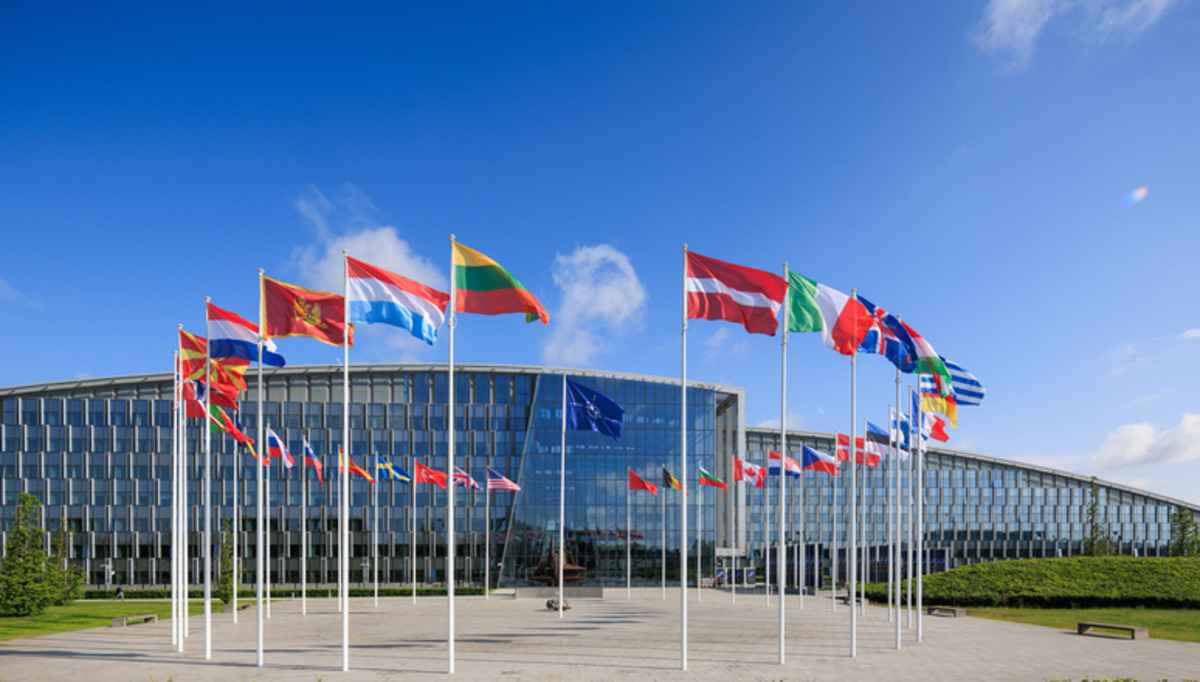The NATO Summit 2025 introduced sweeping changes in the alliance’s defense posture and geopolitical strategy. Spearheaded by U.S. President Donald Trump, member nations endorsed a highly debated move—raising the defence spending target to 5% of GDP. This marks a pivotal moment with significant implications for global military alignment and alliance cohesion.
A New Benchmark: 5% Defence Expenditure
At the heart of the summit was the adoption of a bold new target: NATO members must allocate 5% of their GDP towards defence. This figure breaks down into 3.5% for direct military investments and 1.5% for associated infrastructure, technological innovation, and other security-related domains. Countries are required to present annual progress plans, with an alliance-wide assessment due after the 2029 U.S. presidential elections.
Burden of Compliance: National Struggles
Meeting the revised target poses a formidable challenge for most member states. Historically, the alliance encouraged a 2% threshold, which many nations found difficult to meet. As of 2024, only Poland, Estonia, and Latvia exceeded 3% defence spending. Spain, which allocated just 1.24%, now risks facing punitive trade measures from the United States for falling short.
Article 5: The Backbone of NATO Unity
Despite policy shifts, Article 5 remains central to NATO’s doctrine. The principle of mutual defence—that an attack on one is an attack on all—continues to reinforce the alliance’s collective strength. Recent security threats, particularly the ongoing Russia-Ukraine conflict, have prompted countries like Finland and Sweden to accelerate their push for NATO membership under this protective umbrella.
Ukraine Sidestepped in Strategic Pivot
In contrast to previous summits, support for Ukraine received diminished attention. The Trump administration firmly opposed Ukraine’s NATO membership and suspended military assistance. This deviation from earlier commitments sparked concern among allies, casting uncertainty over NATO’s unity and its long-standing strategic objectives.
Engaging Russia Differently: NATO Summit 2025
While NATO formally acknowledged the “long-term threat posed by Russia,” the language in the 2025 communiqué was noticeably softer. No explicit condemnation of Russian actions was issued, reflecting President Trump’s more conciliatory stance towards President Vladimir Putin. This shift signals a recalibration of NATO’s tone in dealing with adversaries.
Looking Ahead: The Future of NATO
The 2025 summit may be remembered as a turning point in NATO’s evolution. The steep hike in defence spending, coupled with a reframed strategic focus, is reshaping member responsibilities and alliance priorities. Ukraine’s exclusion and a more tempered approach to Russia raise critical questions about NATO’s long-term goals, internal solidarity, and commitment to safeguarding Eastern Europe.




